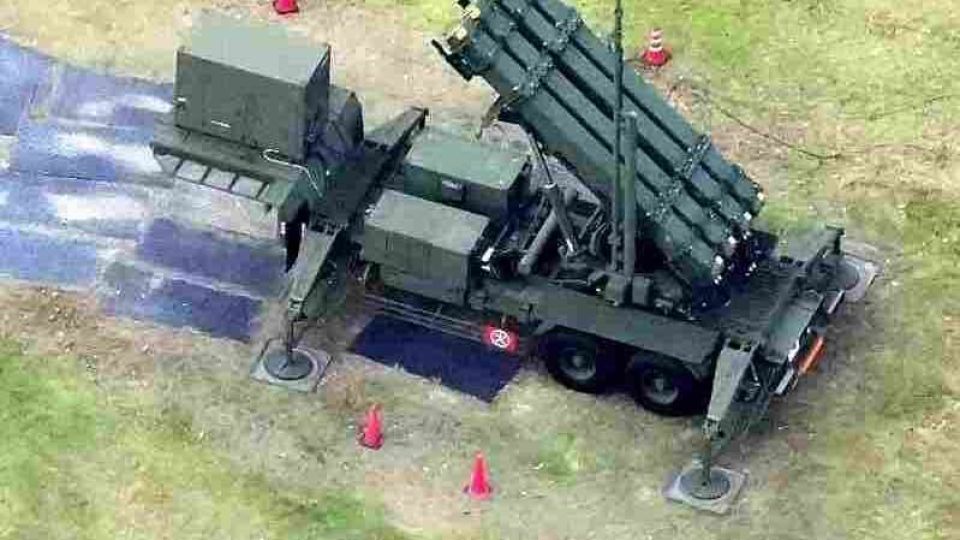December 13, 2022
TOKYO – Discussions have begun on equipping the Air Self-Defense Force’s PAC-3 surface-to-air antimissile systems with radar better able to counter hypersonic weapons, several government officials said.
The measure will be included in the defense program — currently known as the Medium Term Defense Program — set to be approved by the Cabinet on Friday at the earliest.
Hypersonic weapons fly at Mach 5, or more than five times the speed of sound, and follow irregular trajectories, making them hard to intercept. China has fielded the Dongfeng-17, an intermediate-range ballistic missile capable of carrying a hypersonic glide vehicle (HGV) that glides toward a target after being detached from a ballistic missile.
North Korea has also launched a weapon that it calls a hypersonic missile.
Japan’s missile defense is supported by eight Aegis destroyers carrying interceptor missiles and 34 PAC-3s, but intercepting hypersonic missiles with the current equipment is thought to be difficult.
The government plans to upgrade some of the PAC-3s and introduce a Lower Tier Air and Missile Defense Sensor, or LTAMDS, which the U.S. military plans to deploy. The new radar’s range of detection is several times greater than conventional radar, and it can identify missiles traveling at high speed and on irregular trajectories, features that are expected to improve the rate of interception.
The capabilities of Japan’s fixed warning and control radar will also be improved, and next-generation radar developed to strengthen Japan’s abilty to detect and track HGVs.
The government will specify in Japan’s National Security Strategy, which will be approved by the Cabinet in tandem with the defense plan, the possession of “counterstrike capability” to destroy enemy missile bases or other targets for the purpose of self-defense. It will also continue to upgrade the nation’s missile interception capabilities, to heighten deterrence.

